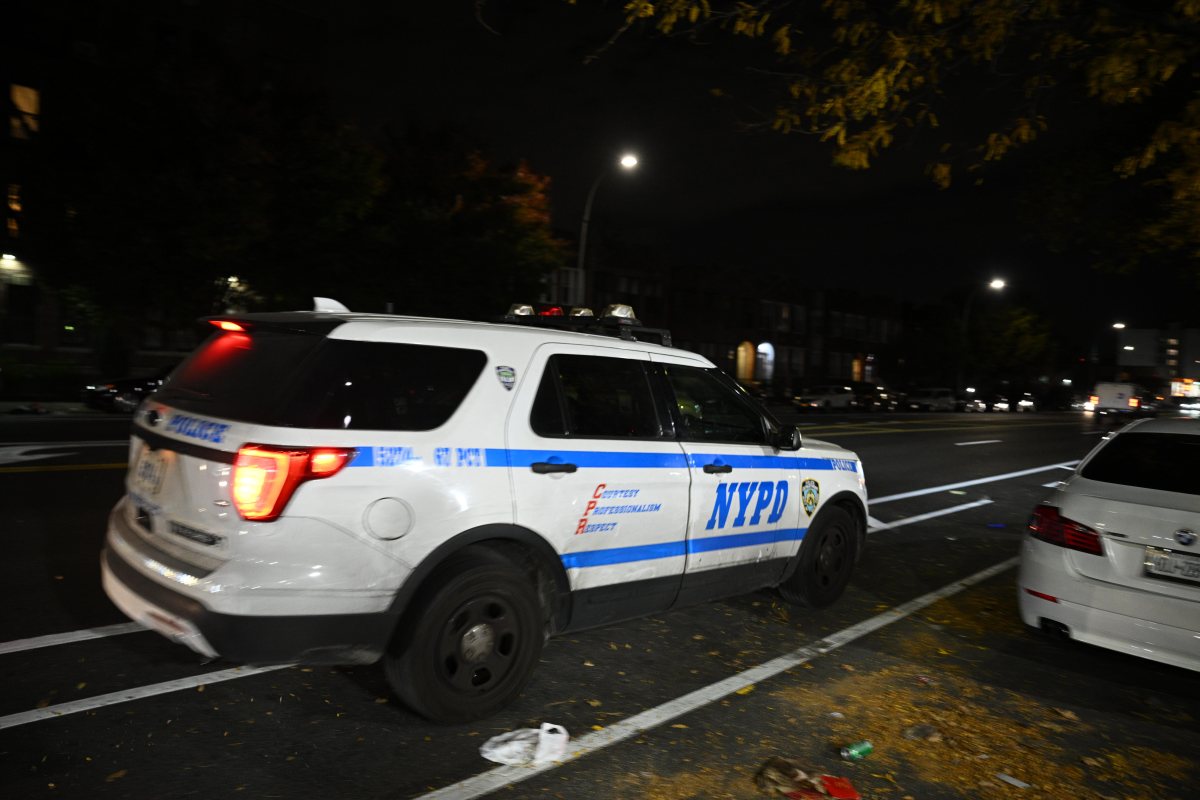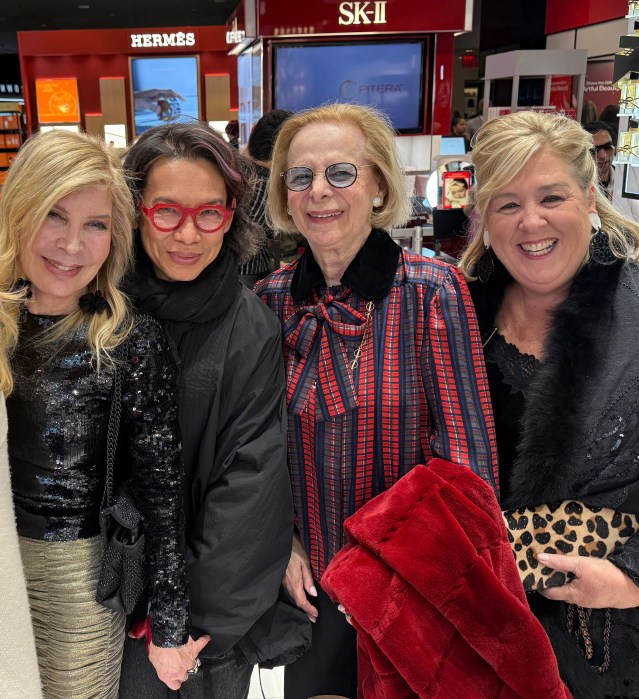
Just five years ago, there were only two ways to hire a ride — with your arm outstretched on the street, the old-fashioned way, or by dialing up a black car.
In May 2011, when the first New Yorker clicked that first button on a new smartphone app called Uber that had launched in San Francisco, everything changed.
Now, the rideshare company has grown into a major transportation option for one million local users seeking a ubiquitous, tech-friendly alternative to subways, buses and yellow cabs.
Put simply, the company has permanently altered the transportation game. It intrdouced an e-hail space that has expanded to include big players such as Lyft (not to mention the yellow cab industry’s own efforts), and experts said that even while attracting considerable controversy, Uber has fit particularly well in a New York City that’s always on the go.
“Uber fits into that [New York] 24 hour economy,” said Sarah Kaufman, the assistant director of the NYU Rudin Center for Transportation. “Taxis have had to step up their sophistication for consumers.”
Its influence can be tangibly seen in city Taxi and Limousine Commission data.
As of April 18, there were 27,928 Uber cars out of 43,684 total vehicles in the city’s black car fleet, according to the data. In 2014, there were 12,587 Uber cars out of 21,763 total black cars citywide.
By comparison, there were 13,587 yellow cabs and 7,676 green cabs in 2015, according to the TLC.
From the beginning, Uber latched onto the most underserved New York City population when it came to cab service: outer borough residents.
There are parts of the city where getting a reliable ride was impossible,” said Josh Mohrer, the general manager for Uber NY, who added that rides outside of Manhattan represent 35% of Uber trips.
The company can’t shake persistent criticism that it doesn’t pay its drivers enough, however, and just this week more than 1,000 of them joined the group Amalgamated Local of Livery Employees in Solidarity (Alles) to protect their interests.
Bhairavi Desai, the executive director of the Taxi Workers Alliance, the union that represents 50,000 cab drivers across the city, said many Uber drivers are putting in long days and receive no extra financial compensation after the business slashed prices.
“There are now fewer fares per driver. We are seeing many drivers … working on multiple apps because you can’t work on Uber alone,” she said.
The much-maligned surge pricing strategies remain a consistent sticking point for some riders. Christiane Folkes, 42, of lower Manhattan, said the service would be better if it ditched the practice.
“The pricing can get ridiculous,” she said.
Mohrer said the company is attentive to everyone’s needs and is constantly working to improve service.
Kaufman predicted that Uber and other e-hail companies will continue to expand and possibly work with the city to address some major looming ridership issues.
The companies could play a significant role if, for example, the MTA shuts down L train service between Williamsburg and Manhattan. There’s also growing demand for services that Access a Ride can’t fulfill.
“These app based companies can fill in the gaps,” Kaufman said. “There is huge potential there.”
Uber by the numbers:
Began in May 2011
1,000 users in August 2011
1 million users in September 2015
27,928 registered Uber cars as of April 18
34.6% of Uber rides took place in the outer boroughs



































